Tracked and Traced: How a ban on Chinese drones could set back wildfire fighting in the U.S.
Avishay Artsy, David Leins May 18, 2022Firefighters and other public safety officials are concerned about a proposed federal ban on DJI-made drones.
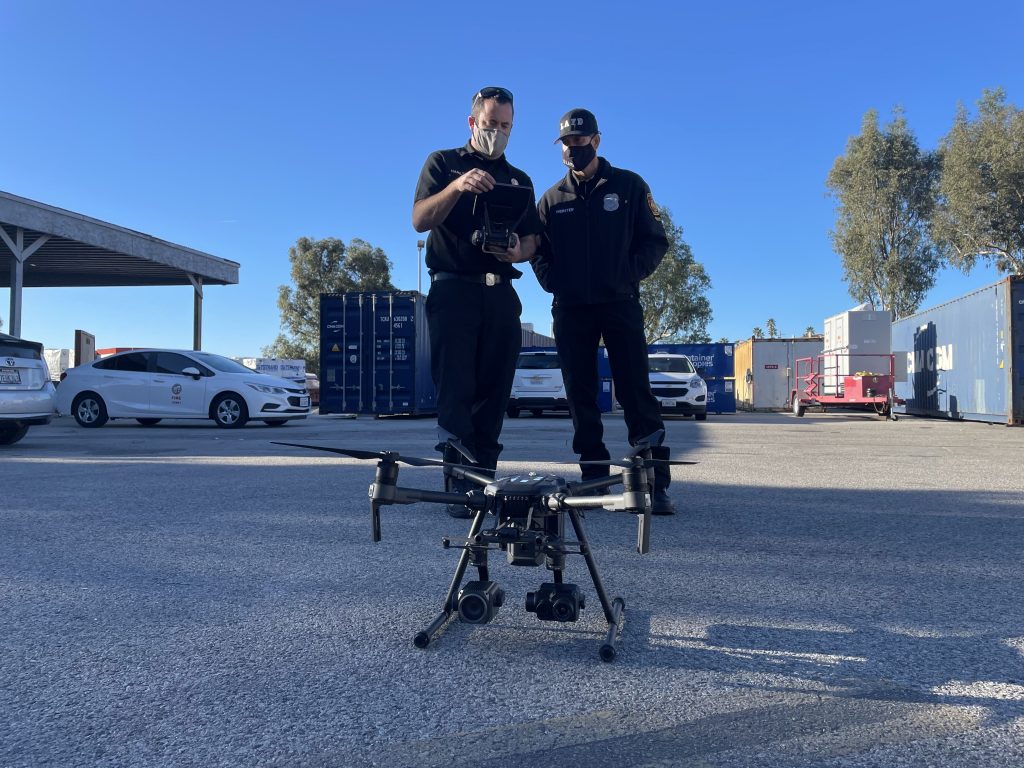
Stephen Hamilton, an inspector with the LA Fire Department, demonstrates how to fly a DJI Government Edition drone. Photo by Avishay Artsy.
Listen and subscribe to Tracked and Traced:
Apple Podcast — Spotify — NPR — Stitcher — Google Podcasts
In this episode:
- How the public officials like the L.A. Fire Department use drones to fight wildfires
- Why some government officials are trying to ban the use of Chinese-made DJI drones
- Interview with Arthur Holland Michel, researcher and author of “Eyes In The Sky: The Secret Rise of Gorgon Stare and How It Will Watch Us All”
Drones are becoming increasingly useful tools in public safety. They’re used by firefighters to coordinate missions and put out hotspots, they help with search and rescue after floods and earthquakes, and they track animal migration.
Sounds great, right? But there’s a problem. Millions of these drones are made in China, and the U.S. government sees them as national security risks. And that’s pitting the alleged threat of snooping drones against very real public safety risks.
Using drones to fight wildfires
Early on a Monday morning at a Los Angeles City Fire Department training center, fire department employees examined a collection of drones.
“Every drone is like a different tool, and there’s not one tool for every given operation,” said Stephen Hamilton, an inspector with the fire department. He pointed to the Mavic 2, made by the Chinese company DJI. “These are kind of the workhorse of the department.”
The trainees have jobs ranging from search and rescue to emergency response. Los Angeles was an early adopter of drones. Fire Department Assistant Chief Richard Fields started working with DJI in 2015 on a pilot project to custom-build drones for urban public safety. He says there was some skepticism at first about the use of drones. But that changed in 2017 after a brush fire in the affluent neighborhood of Bel Air. Firefighters used drones to detect hotspots.
“It reduced the number of firefighters you had to work, or to what we call ‘grid,’ an area. It sped up the time that we were able to get all the hotspots and make sure that the fire was completely out. The benefit to the public is that we were now able to lift evacuation orders much quicker,” Fields says.
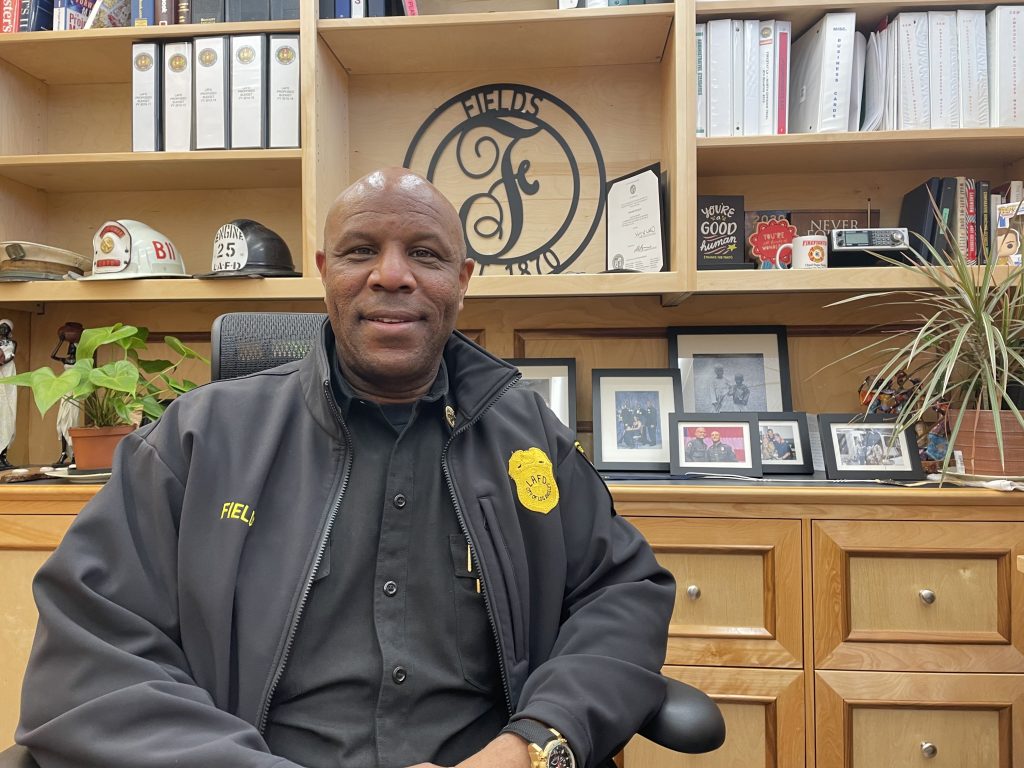
With large wildfires on the rise, and with the edge of Los Angeles butting up against the wildlands, urban firefighting forces are spending more time and resources fighting brush fires.
Fields says drones have become an important part of that effort.
But there are months of training that go into learning how to fly drones safely and legally.
“Our pilots, we teach them: You are a pilot putting your vehicle into the national airspace and you have to treat it as such. You’re not a hobbyist. That drone is not a toy,” Fields said.
Fields says members of the public have expressed fears of snooping drones, and he’s had to work to dispel those concerns.
“We’re reviewed by our fire commission and our independent assessor for every flight that we make, and that information is also available to the public upon request,” Fields said.
The fire department also had the American Civil Liberties Union review its drone policy and adopted its recommendations.
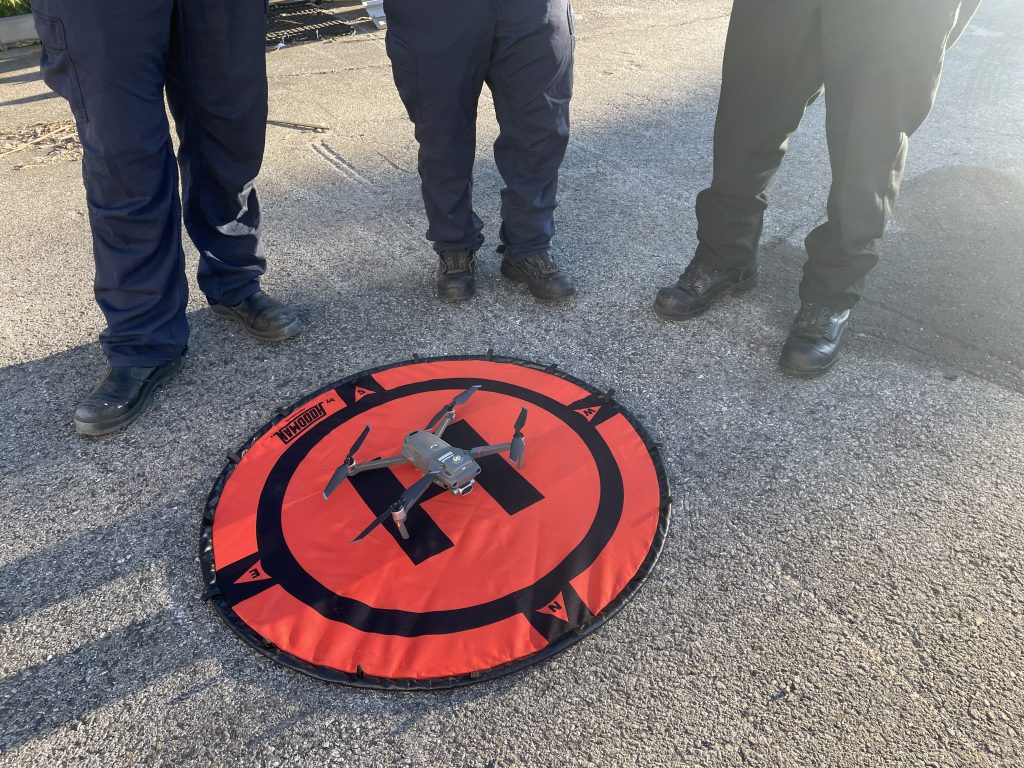
A Chinese drone maker under fire
There are other concerns the fire department is reckoning with. And those are the concerns of the federal government over drones made by Shenzhen-based DJI.
“We’ve had Pentagon officials talk about how they believe that there’s information from these drones that is getting sent back to Beijing,” said Brendan Carr, the senior Republican on the Federal Communications Commission, in an interview with the TV network NewsNation.
In October, Carr had warned that the Chinese drone maker DJI “is collecting vast troves of sensitive data on Americans and the U.S. critical infrastructure, potentially operating as Huawei on wings.” He has proposed banning federal spending on DJI drones.
Carr pointed out that several federal agencies have grounded their DJI drones, including the Departments of Homeland Security, Defense, Interior and Commerce, due to concerns that drones are collecting sensitive data and sending it to China.
“If there’s mitigating evidence, I’m happy to see it. But the evidence thus far tells me we should immediately start the process of putting them on the FCC’s Covered List, which in the interim would mean there wouldn’t be federal dollars potentially for these drones, but also in the long term, we’re looking at taking our Covered List in prohibiting those devices from operating in the U.S. altogether,” Carr told NewsNation.
DJI accounts for more than half of the U.S. drone market.
Adam Lisberg, a spokesperson for DJI, denies Carr’s allegations. “The Government Edition drones have no Internet connection. There is no possibility that the photos, the videos, the logs of your flight, no possibility that any of that is going to somehow get siphoned off through the Internet.”
A summary of a Pentagon report obtained by The Associated Press found “no malicious code or intent” in the DJI Government Edition DJI drones used by the Interior Department, “and are recommended for use by government entities and forces working with U.S. services.”
Months later, the Department of Defense disavowed the report as “inaccurate and uncoordinated” and saying that its release was “unauthorized,” while reiterating its position that DJI’s drones “pose potential threats to national security.”
DJI has been accused of allowing their drones to be used to surveil and track ethnic and religious minorities in China, including the Muslim Uyghur minority in Xinjiang, and of leaking GPS data to the Russian military in its invasion of Ukraine. DJI denies these allegations as well, and says it’s suspended operations in Russia and Ukraine.
Lisberg says the government’s moves against DJI have more to do with the trade war between the U.S. and China.
“A lot of the opposition to the use of our drones does seem to be political and it’s tough to push back about that. We don’t want to be involved in politics,” Lisberg said.
Government officials acknowledge how useful drones have become in public safety emergencies such as fighting wildfires.
Jeff Rupert, director of the Interior Department’s Office of Wildland Fire, said at a 2019 congressional hearing, “technology is helping us to prevent and manage catastrophic wildfires. The use of unmanned aircraft systems, or UAS, is a perfect example of technology and leveraging it to fight wildfires in safer and more efficient ways. Last year the department conducted over 700 UAS missions on more than 70 wildfires, and we are on track to surpass that this year.”
The impact of wildfires and smoke is experienced disproportionately. As the Office of Wildland Fire’s blog points out, “In the Western U.S., rural populations are often impacted by smoke, including farmers and ranchers, residents of small towns, migrant workers, and Native Americans residing on or near Tribal lands.”
Drones and prescribed burns
Drones are now being used not just to fight wildfires, but to prevent them, through something called controlled or prescribed burns. Those are when fire crews start small, manageable fires to burn up dry wood and brush.
Carrick Detweiler is the CEO and co-founder of Drone Amplified, which uses a system he helped invent called IGNIS, “which is an aerial ignition system that attaches to drones that allows firefighters to start prescribed burns and do back burns on wildfires, to fight fire with fire.”
IGNIS is about the size of a shoe box. It carries flammable ping-pong-sized balls filled with a chemical. Right before they’re dropped, a second chemical is injected into each ball, which starts a reaction, and soon after can start a small fire. Hundreds can be dropped at one time over a large area. Instead of somebody on foot lighting the fires, a drone can do it safer and faster.
IGNIS was originally designed to attach to a DJI drone “because it was the most reliable, capable, and lowest cost. So when, a little over a year ago, the Department of Interior grounded their whole entire drone fleet, that really set back that program,” Detweiler said.
Drone Amplified is working with non-Chinese drone manufacturers to adapt their system to different drones. Detweiler supports building a domestic drone industry. But for now, he points out, American drones cost far more than DJI ones, they don’t have the same capabilities, and they take longer to produce and ship.
Detweiler doesn’t see merits in the claims of DJI drones leaking data to China.
“From the start, when we started using DJI drones with the Department of Interior a number of years ago, we actually developed custom software that firewalled all communications from the drone to the outside world,” Detweiler said.
“So I think saying that you can’t buy them is really an overstep, if you’re really just concerned about data security. You can put some of these policies in place to ensure that you don’t have any data leakage.”
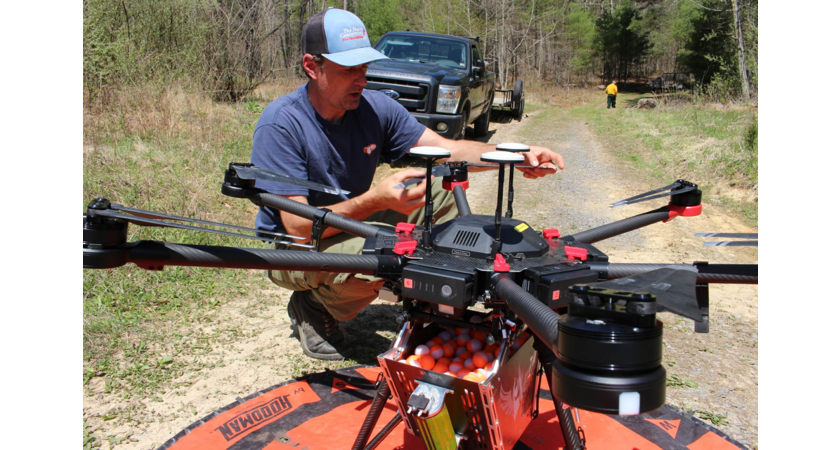
Spying on forest land?
Sam Lindblom, the director of land management and fire program manager for the Virginia chapter of The Nature Conservancy, says drones play a critical role in his group’s work, from monitoring everything from changing shorelines to migratory bird populations to prescribed burns. All of the drones that the Nature Conservancy uses in Virginia are made by DJI.
“It feels like the iPhone of drones. They just work all the time. You charge them up, turn them on, connect them to your phone or the controller and away they go. No frills, no fuss. So they’ve been very reliable,” Lindblom said.
Lindblom also doesn’t see a reason for the proposed ban on DJI drones.
“I’m pretty confident that if China was interested in acquiring high-resolution forestry images, they’re already doing it. I don’t think they need my drone,” he said. “It’s beyond me to think that this is a real problem.”
Romeo Durscher, vice president of public safety at Auterion, an open-source software platform for drones, and a former DJI executive, advocates for using drones for public safety, and has helped coordinate drone surveillance during several California wildfires. He too sees the proposed DJI ban as an overreach.
“What we do have to understand is, there’s multiple levels of government use. If we use a drone for wildland mitigation, or if we use a drone to do a nuclear power plant inspection, those are very, very different scenarios. And you cannot just apply one rule to both, because then you do exactly what is happening now. You’re taking away a tool from public safety that is saving lives and mitigating risks to our first responders. And that is the wrong approach,” Durscher said.
Durscher says the future of public safety will involve drones and other robots in the air, on the ground, and in water communicating and sharing data in real time.
“My future vision is that in the not too distant future, we will be thinking about fleets of these drones, especially when we have a search and rescue operation. Why just fly one drone? Why not fly 10 drones that simultaneously work together that scan an entire area? But for all of this to happen, we really need the assurance that we have technology that works and it’s easy to use,” he said.
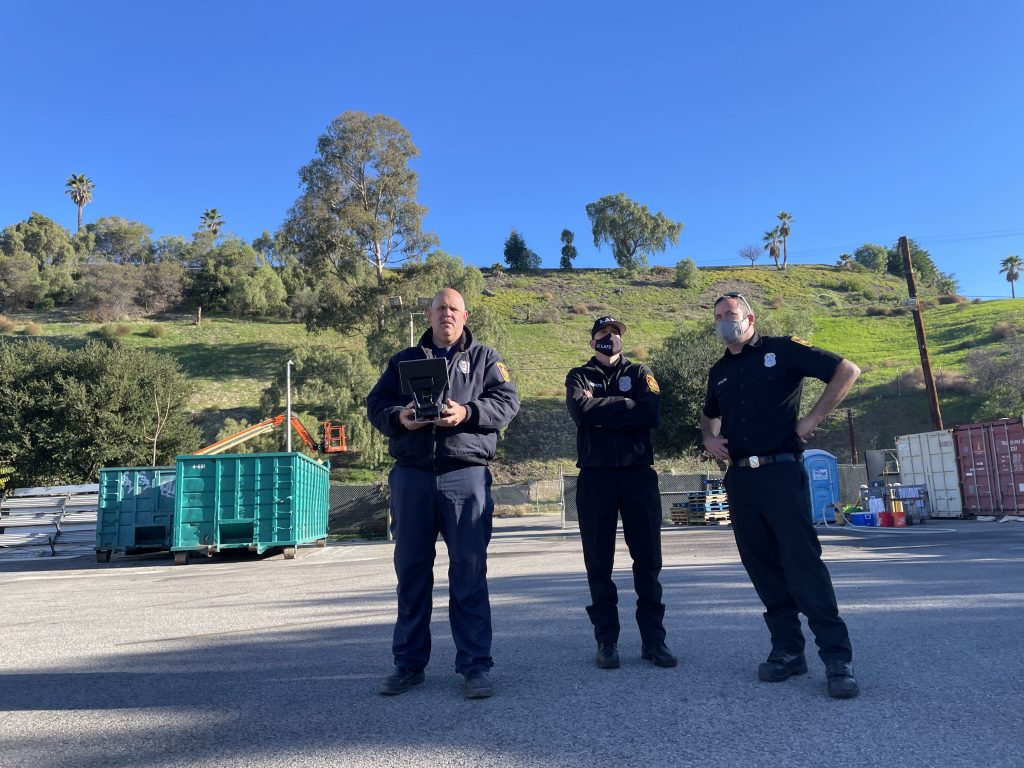
Back in Los Angeles, drone training continues. But the ongoing battle between Washington and Beijing has LA Fire Assistant Chief Richard Fields nervous.
“It will certainly have an impact across public safety. Especially in Southern California, we’re surrounded by state and federal land in the wildland,” Fields said.
Grounding DJI drones “eliminates a major resource that truly has value for public safety and mitigating emergencies, there’s no question about that,” Fields said.
Fields and thousands of other public officials like him are preparing for the passage of a federal ban on DJI drones. While they test out other brands and diversify their fleets, they agree that regardless of what happens to DJI, drones for the use of public safety are here to stay.
Trusted, accurate, up-to-date.
WDET strives to make our journalism accessible to everyone. As a public media institution, we maintain our journalistic integrity through independent support from readers like you. If you value WDET as your source of news, music and conversation, please make a gift today.
Authors
-
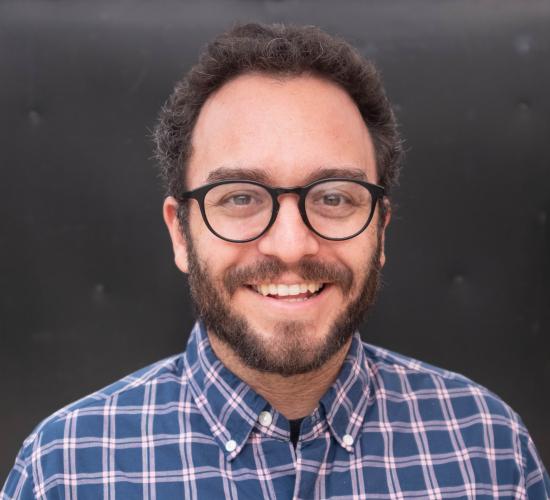 Avishay Artsy is an audio and print journalist based in Los Angeles and a senior producer of Vox's daily news explainer podcast Today, Explained. He also hosted and produced the podcast Works In Progress at the UCLA School of the Arts and Architecture, and produced Design and Architecture at KCRW. His stories have appeared on NPR, Marketplace, KQED's The California Report, WHYY's The Pulse, PRI's The World, Studio 360 and other outlets. He is also an adjunct professor at the USC Annenberg School for Communication and Journalism.
Avishay Artsy is an audio and print journalist based in Los Angeles and a senior producer of Vox's daily news explainer podcast Today, Explained. He also hosted and produced the podcast Works In Progress at the UCLA School of the Arts and Architecture, and produced Design and Architecture at KCRW. His stories have appeared on NPR, Marketplace, KQED's The California Report, WHYY's The Pulse, PRI's The World, Studio 360 and other outlets. He is also an adjunct professor at the USC Annenberg School for Communication and Journalism. -
 David Leins is the senior producer of WDET’s daily news and culture program, The Metro. He has produced several award-winning podcasts and multimedia series at WDET including Tracked and Traced, Science of Grief and COVID Diaries, which earned a National Edward R. Murrow Award for Excellence in Innovation. He previously led WDET’s StoryMakers program. David has an M.A. in Media Arts and Studies from Wayne State University, and a B.A. in anthropology from Grand Valley State University with a minor in Arabic. David teaches podcasting at Wayne State University and is an alumnus of the Transom Audio Storytelling Workshop.
David Leins is the senior producer of WDET’s daily news and culture program, The Metro. He has produced several award-winning podcasts and multimedia series at WDET including Tracked and Traced, Science of Grief and COVID Diaries, which earned a National Edward R. Murrow Award for Excellence in Innovation. He previously led WDET’s StoryMakers program. David has an M.A. in Media Arts and Studies from Wayne State University, and a B.A. in anthropology from Grand Valley State University with a minor in Arabic. David teaches podcasting at Wayne State University and is an alumnus of the Transom Audio Storytelling Workshop.
